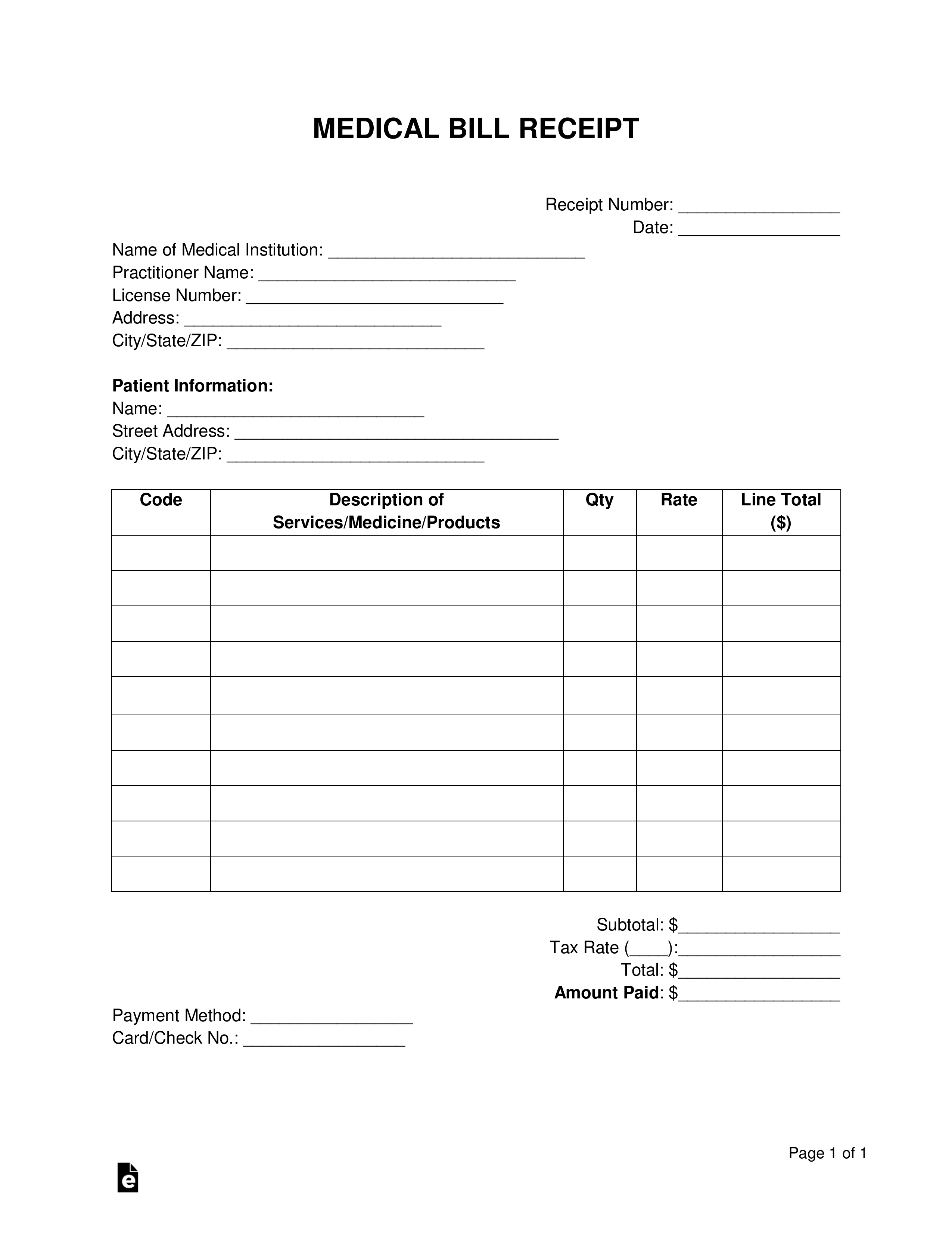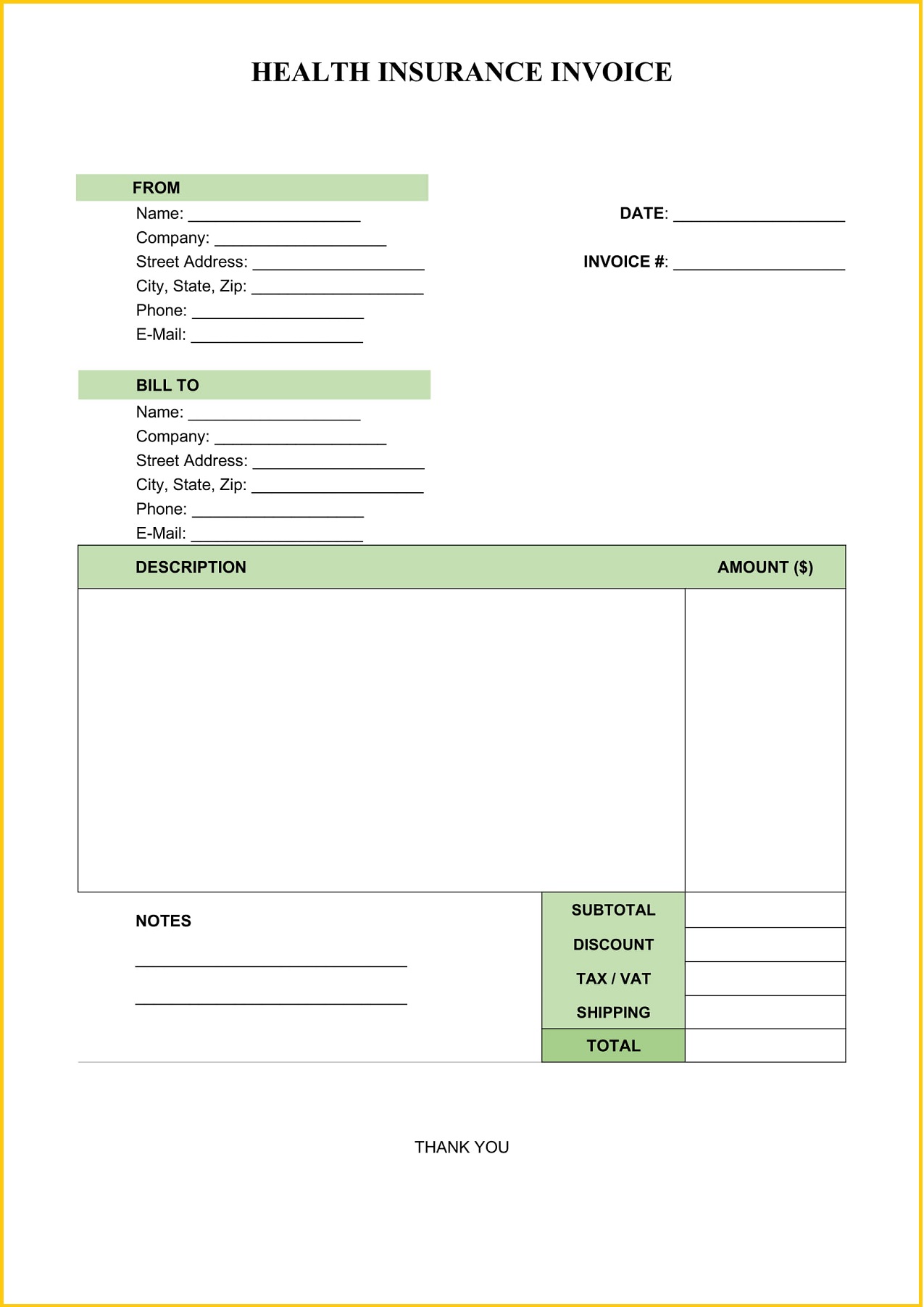
In the example above, I can look up words like " Lipid Panel," which looks to be a test for my cholesterol levels. To learn what the terminology means, use a medical dictionary or a list of medical tests. Your healthcare provider's bill will list the services provided to you. Services are listed on your doctor's bill. #51 is my practitioner.Īnd the Bs under "Msg" refer to the fact that they billed my insurer.

"Prv#" is used by my healthcare provider's office to mean which of the practitioners I saw.

Since I was the one with the insurance, the 1 refers to me. In this bill, the column for "Pat#" means which of the patients on my account received the service. You'll see everything from dates of service to the services provided to costs on your bill. Your medical bill may or may not look like this one, but will have similar pieces of information. We'll begin by looking at a basic medical bill, one you might receive from your healthcare provider. The explanation of benefits (EOB) which comes from your payer (insurer, Medicare, or other payer).Īmong the three pieces of paper, you'll find terminology and codes that will help you be sure you are being billed only for the services that were performed.

It is a list of the services from #1 above, and the charges for each service. The bill the healthcare provider or health facility sends you.This is handed to you when you leave the healthcare provider's office or testing site. There are three pieces of paperwork you'll need to compare. All medical bills have the same basic information on them.


 0 kommentar(er)
0 kommentar(er)
